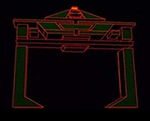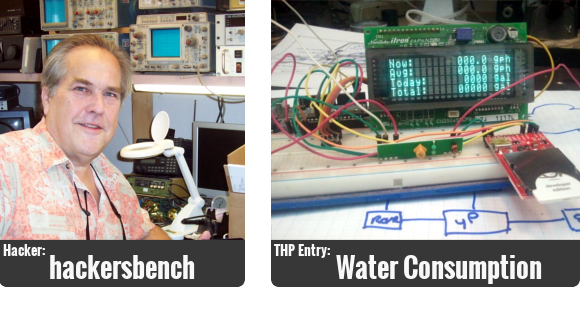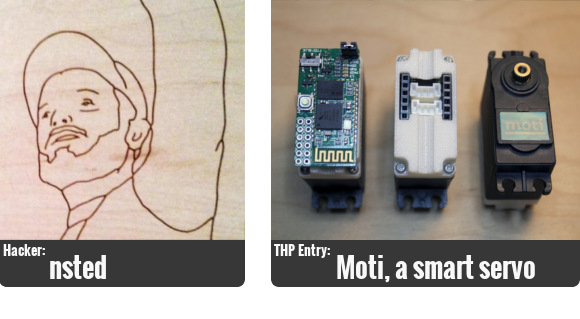Donald Reid had a passion for applying himself to challenging problems, and in many ways his life’s work was that of developing a prototype submersible aircraft — or flying submarine — for which his son Bruce was a test pilot. [Jesse Moody] brought to our attention a fantastic documentary he created (with a short teaser trailer here) in which he interviews Bruce, and in the process teaches us all about a story that spanned decades and formed an important part of aviation history. Bruce experienced his share of hair-raising moments while testing the craft, but still has all of his fingers and limbs. Still, in his own words, “you wouldn’t be doing that kind of testing today!”
In many ways, the story revolves around defying assumptions. Without context, a “flying submarine” project might sound like a lone kook’s obsession, but Donald Reid was nothing of the sort. He was a brilliant engineer who was able solve problems by applying his skill and intellect with a laser-like focus. And it turns out that getting a submerged vehicle to successfully transition from waterbound craft to airborne is a source of numerous and novel problems that were not trivial to solve. In fact, these problems needed to be solved in order to develop the Tomahawk cruise missile, which is launched by submarine. And that brings us to the lawsuit that bookended it all.
Continue reading “Flying Submarine Documentary Is A Story Of Defied Assumptions”






 [Kenji]’s project for The Hackaday Prize is the
[Kenji]’s project for The Hackaday Prize is the 











